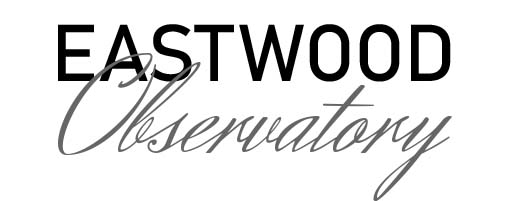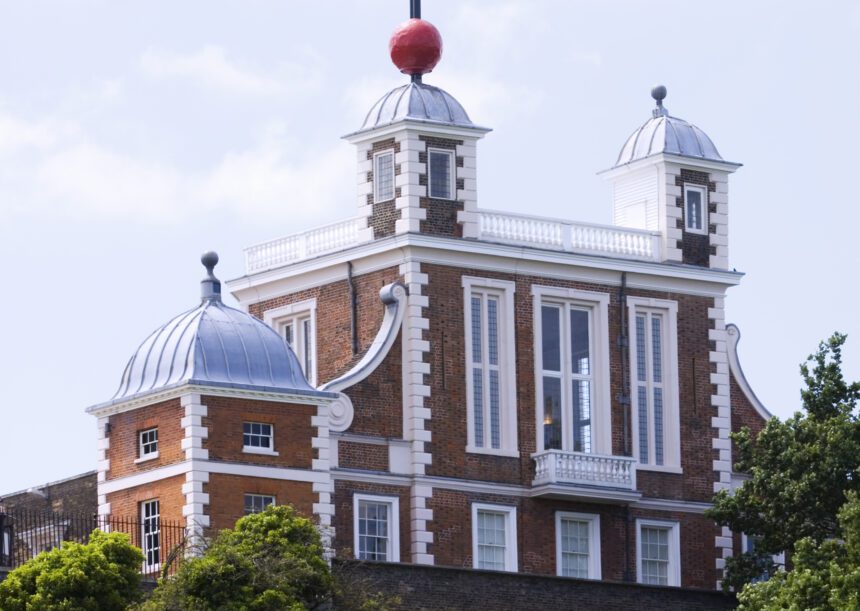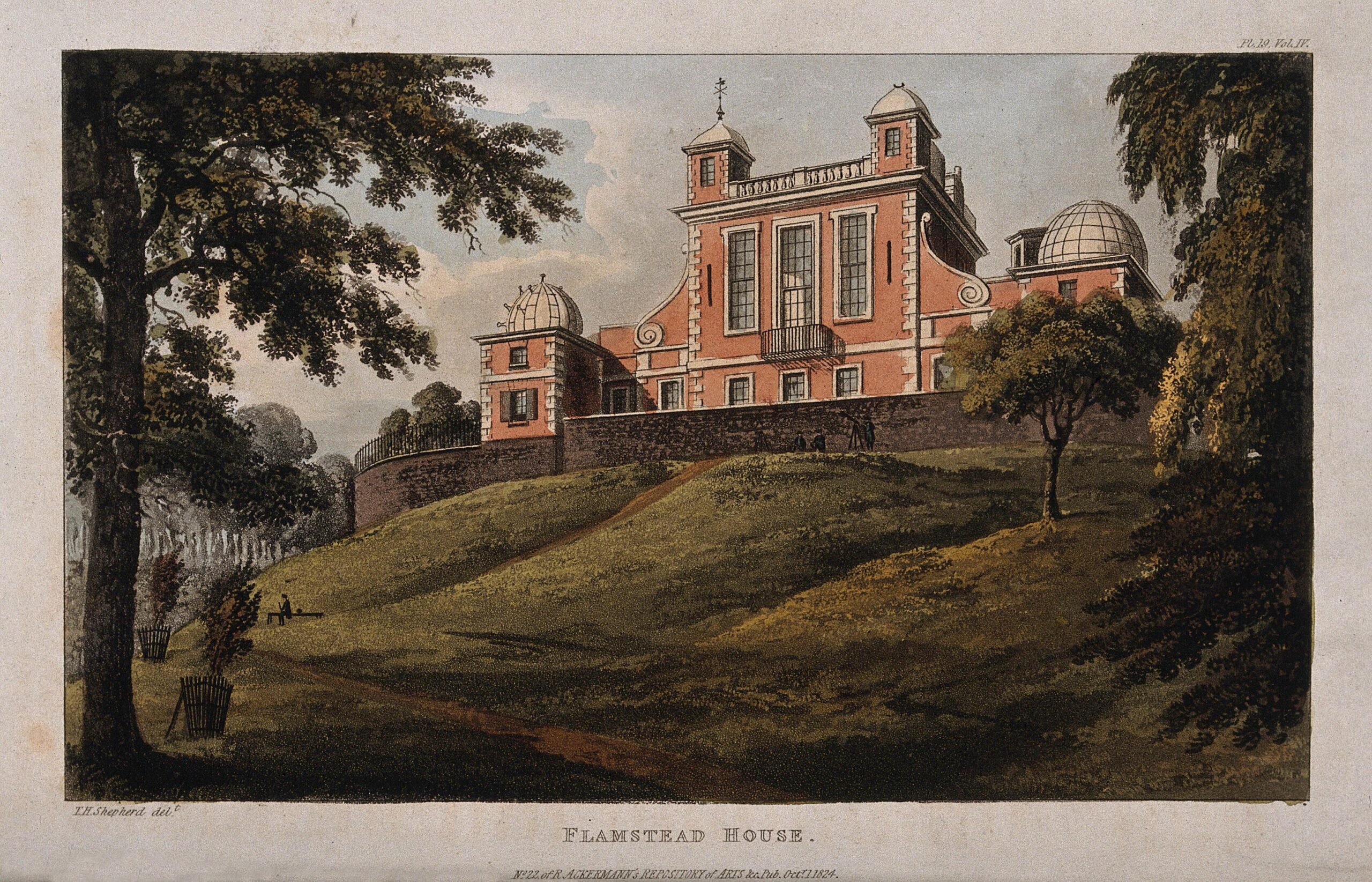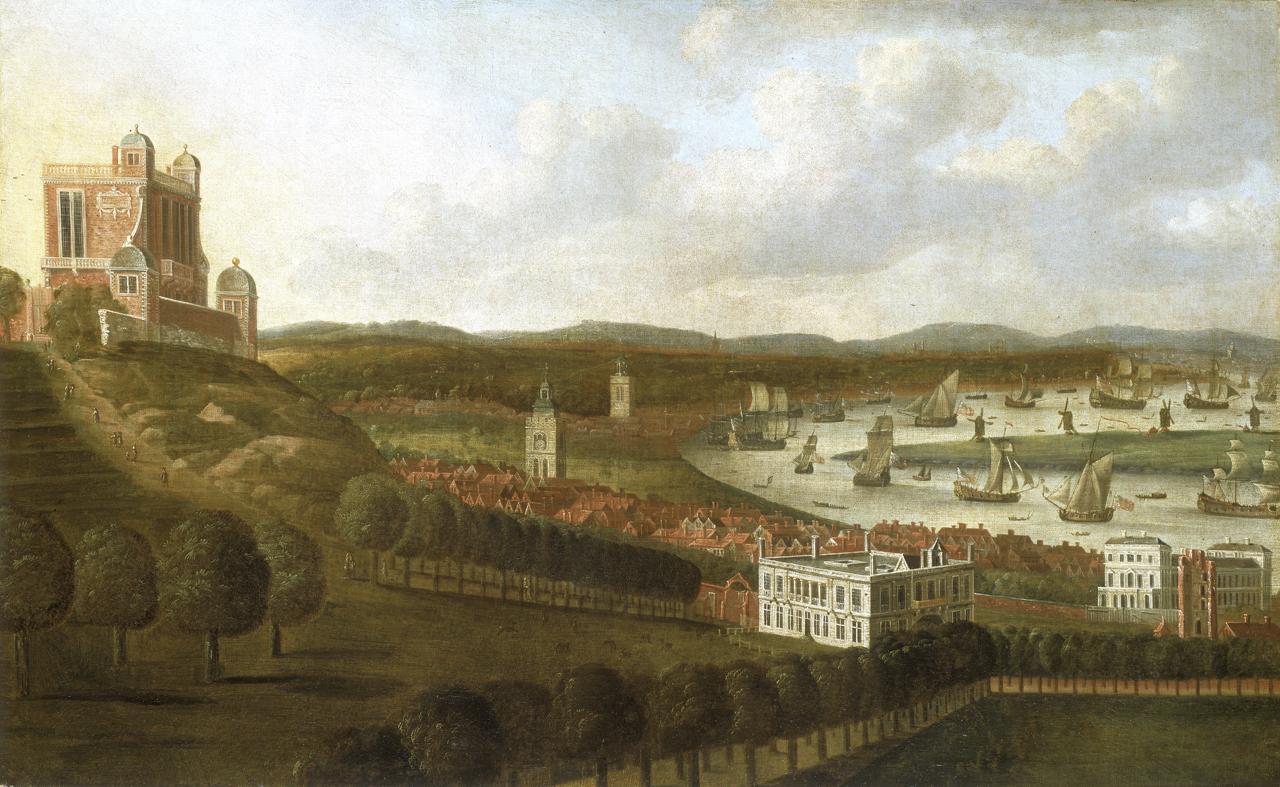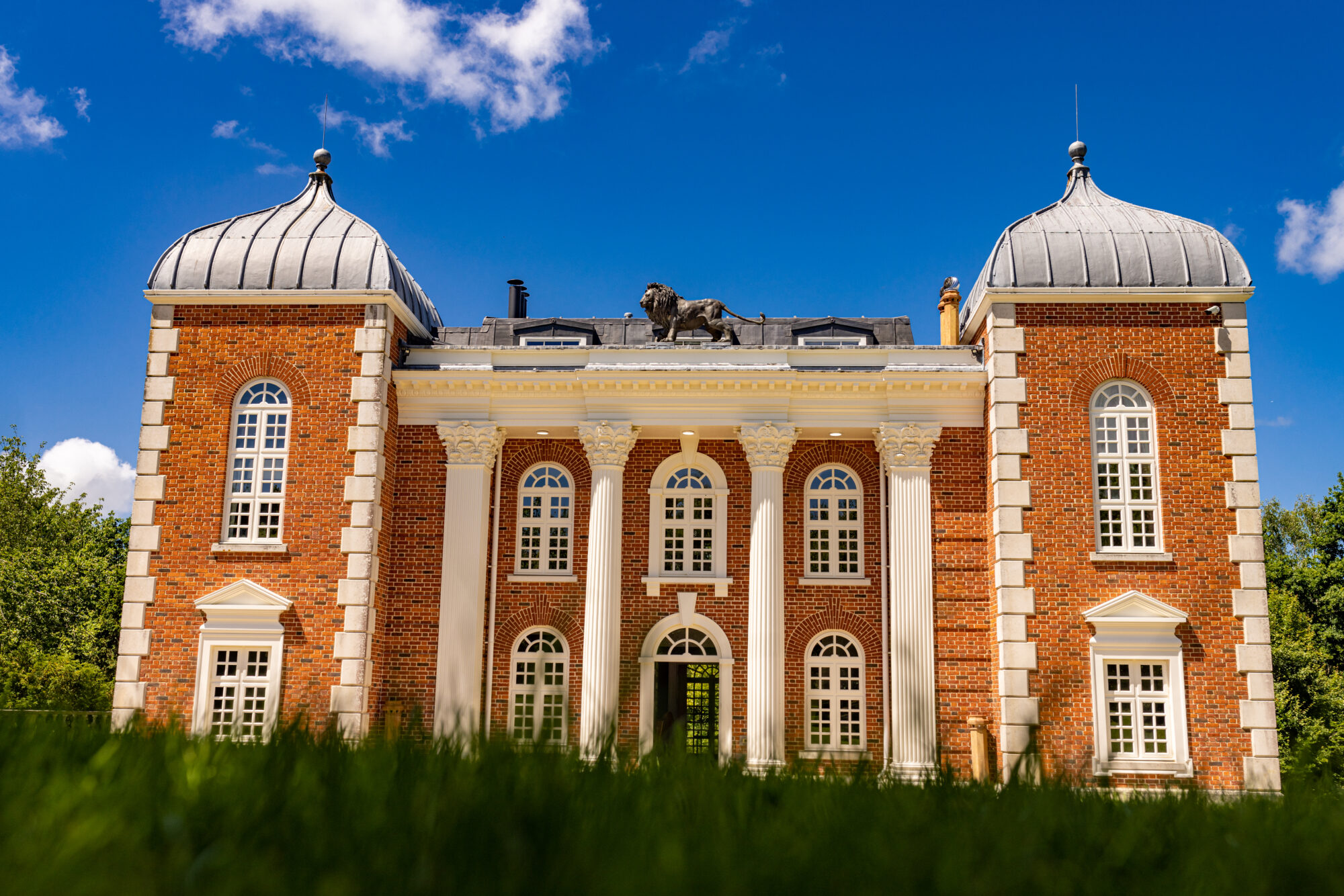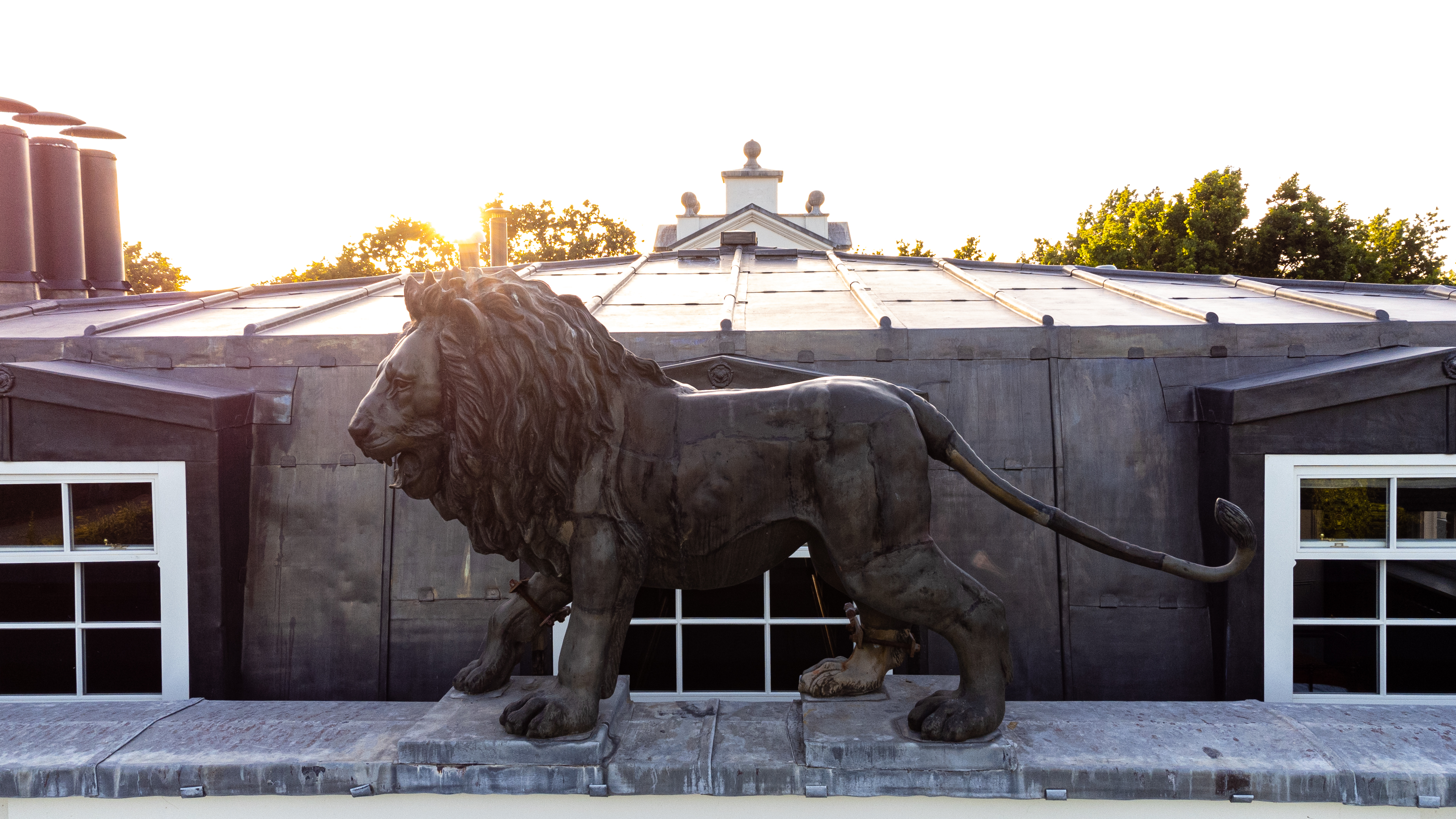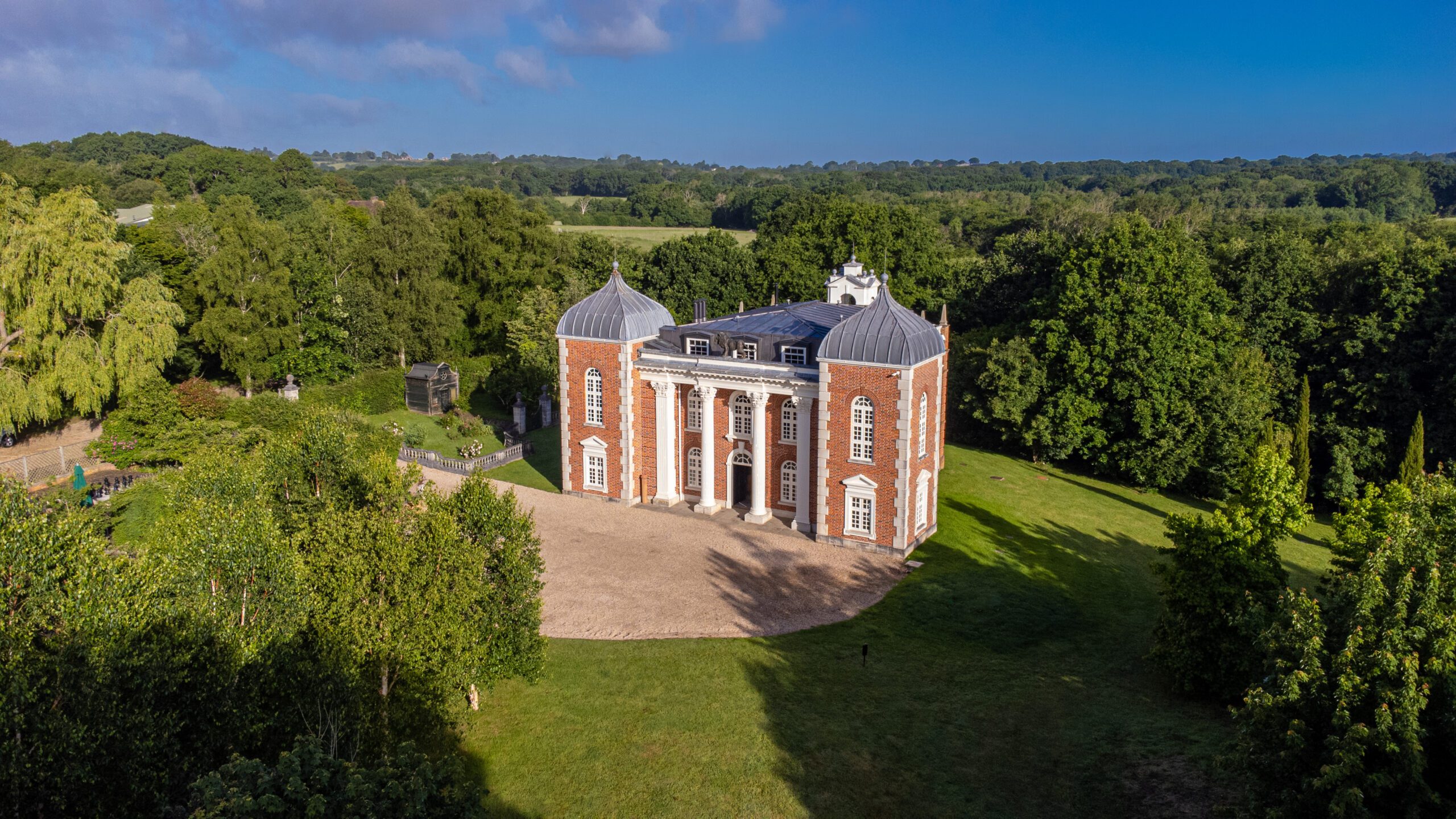The astronomical connection
The architecture at Eastwood is eye-catching.
And that’s because it seems that it was inspired the Christopher Wren’s magnificent observatory building in Greenwich.
Wren’s original building was built in 1675 and commissioned by Charles II. Using telescopes and other instruments in the newly built observatory, the King hoped they would be able to record the position of Moon at set times, so that ocean going vessels could determine their positions more accurately.
And time itself was the essence of successful navigation. Measuring the position of the stars at a particular time was sufficient for navigators to determine their position exactly. So measuring time accurately was just as important and knowing the position of the stars. And that’s what inspired the ball and mast situated on the turrets of both buildings.
Since 1833 at Greenwich, the ball has been hoisted a few minutes before 1pm. Then at 1pm exactly, the ball falls allowing mariners to synchronise their watches.
Eastwood itself was designed by the renowned architect Professor Robert Adam and commissioned for the Stockdale family.
The quoins, brickwork and domed turret rooms are almost identical to the Wren version. Even the “ball and mast” arrangement perched on top of the turrets is visible, though in Eastwood’s case these double as lightning conductors.
And there’s an interesting connection with nearby Herstmonceux observatory. As the Observatory in Greenwich slowly became enveloped by the urban sprawl of Victorian London, its usefulness as an observatory diminished. The regular smogs and pollution obscured the night sky, the ambient light dimmed the celestial objects, and the installation of the electrical railway interfered with the radio equipment.
So in 1947, the decision was taken to move the Royal Observatory to Herstmonceux, which benefited from altogether better climatic conditions which persist today. The Observatory at Herstmonceux was itself moved again to Cambridge in 1990, but it is still possible to visit the Observatory buildings just 1 mile from Eastwood.
And tutored star gazing sessions are also available for guests of Eastwood.
